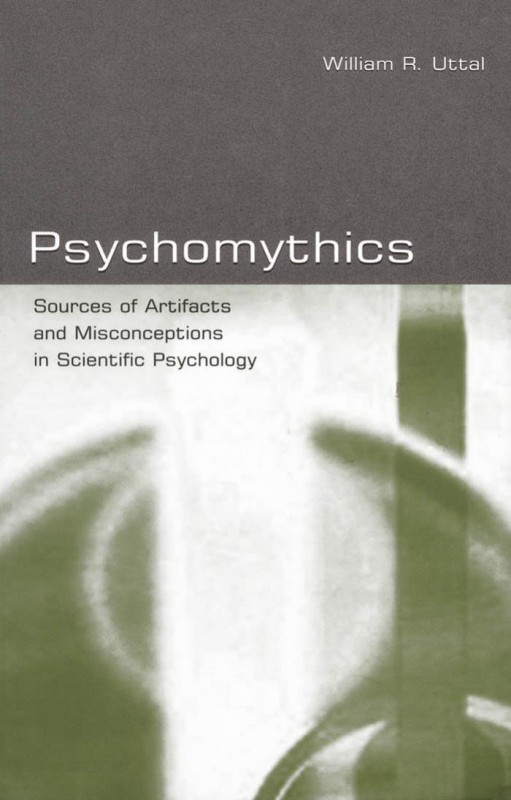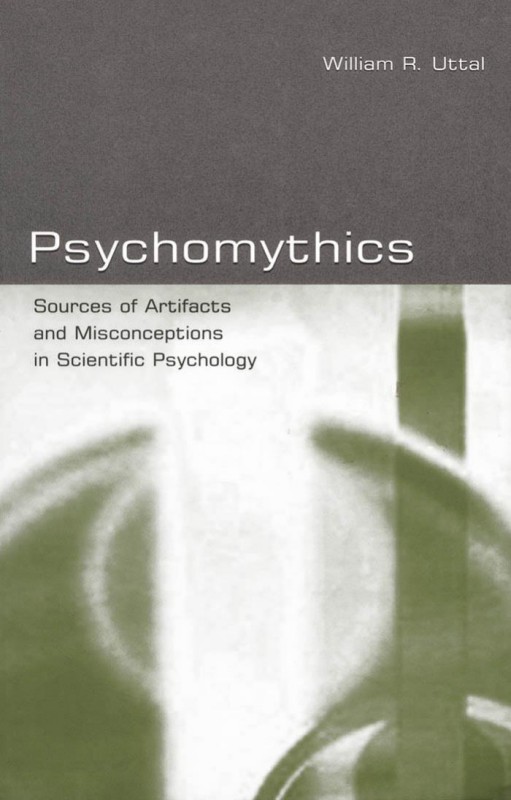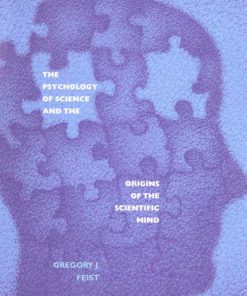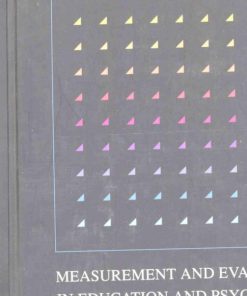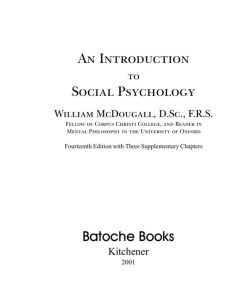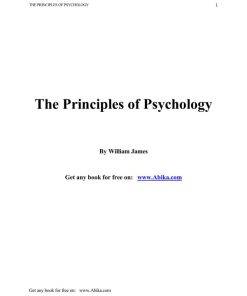Psychomythics: Sources of Artifacts and Misconceptions in Scientific Psychology 1st edition by William Uttal ISBN 0805845846 9780805845846
Original price was: $50.00.$25.00Current price is: $25.00.
Authors:William R. Uttal , Series:Psychology [208] , Tags:Psychology; General; Experimental Psychology , Author sort:Uttal, William R. , Ids:9781135623715 , Languages:Languages:eng , Published:Published:Apr 2014 , Publisher:Psychology Press , Comments:Comments:Psychology deals with the most complex subject matter of any science. As such, it is subject to misunderstandings, artifacts, and just simple errors of data, logic, and interpretation. This book teases out the details of some of the sources of these errors. It considers errors in psychological data and theories that arise from confusing endogenous and exogenous causal forces in perceptual research, misinterpreting the effects of inevitable natural laws as psychological phenomena, improper application of statistics and measurement, and flawed assumptions. Examples of each of these sources of error are presented and discussed. Finally, the book concludes that a return to a revitalized kind of behaviorism is preferred, rather than continuing on the current cognitive path.

